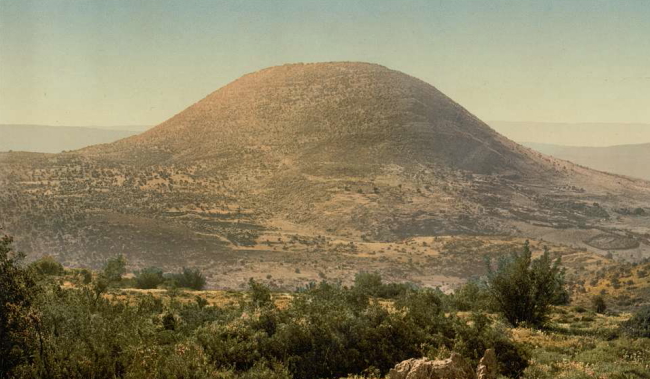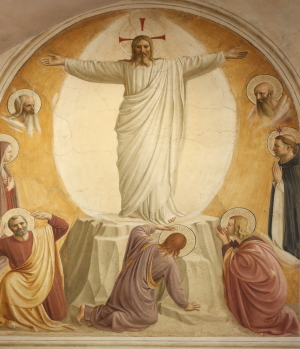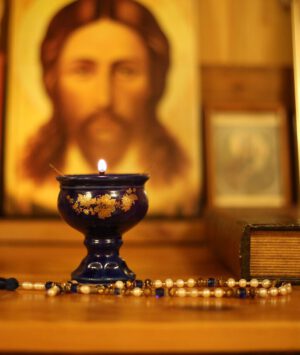
Orthodox Christians partake in meat dishes for the last time until Pascha on Meatfare Sunday. Photo courtesy of PxHere
SUNDAY, MARCH 10: While Western Christians are already in the midst of Lent, Eastern Orthodox churches take the first steps toward their traditional Lenten fast with Meatfare Sunday (also referred to as the Sunday of the Last Judgment). After Meatfare Sunday, no meat may be consumed until Pascha (Easter).
One week later, Cheesefare Sunday (this year, March 17) will mark the discontinuation of partaking in dairy products until Pascha. For Orthodox Christians, Great Lent begins the day following Cheesefare Sunday, on Clean Monday—this year, March 18.
MEATFARE SUNDAY (THE LAST JUDGMENT )
On Meatfare Sunday, or the Sunday of the Last Judgment, emphasis is placed on the Second Coming and Last Judgment—a time when Christ (in the Gospel of Matthew) refers to coming in glory with the angels to judge the living and the dead. While the opportunity exists, the faithful are encouraged to repent. The parable of the Last Judgment points out that Christ will judge on love: How well one has shared God’s love, and how deeply one has cared for others.
Looking to cook up a delicious meat dish today? Find recipes at Allrecipes, Southern Living and Food Network.








